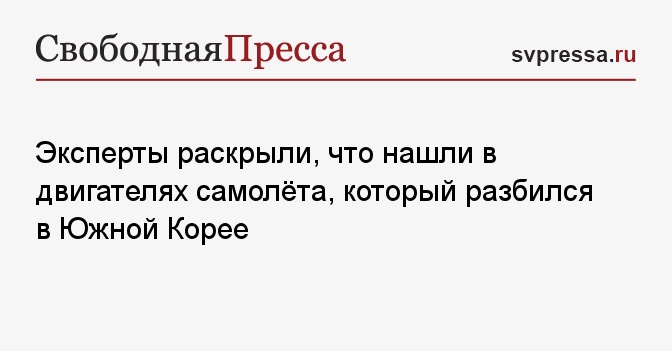Sukuk Market: A $200bn Forecast Amid Global Dynamics
Explore the escalating trends in the global sukuk issuance, with projections reaching $200 billion by 2025. Key markets, economic policies, and diverse financial needs drive this growth narrative.
Published January 17, 2025 - 00:01am

Image recovered from arabnews.com
Global sukuk issuance is set to surge significantly, potentially reaching between $190 billion and $200 billion in 2025, according to projections by S&P Global Ratings. This optimistic forecast is driven primarily by increased activity within the Gulf Cooperation Council (GCC) region, with Saudi Arabia and Indonesia at the forefront of this financial expansion.
In 2024, global sukuk issuance totaled $193.4 billion, a slight decline from $197.8 billion in 2023. However, a notable 29 percent increase in foreign-currency denominated sukuk issuance marked this period, bringing the total to $72.7 billion. The GCC nations and Malaysia played pivotal roles as primary drivers of these foreign-currency sukuk issuances, showing their strategic leverage in Islamic finance.
Sukuk, known for their adherence to Shariah principles, provide investors with partial ownership in the issuing entity's assets. This financial instrument's appeal is widening, as evidenced by the robust participation of Saudi Arabia and Kuwait's banks, corporations, and government bodies. Additionally, active contributions from banks and corporations in Qatar and Oman further underline the GCC's significant role in this arena.
Amidst evolving economic landscapes, some sustainable sukuk trends also emerge. In 2024, sustainable sukuk issuance reached $11.9 billion, up from $11.4 billion in 2023, with the Middle East accounting for a substantial share of these initiatives. Nonetheless, challenges to expanding sustainable sukuk exist, as monetary policies and geopolitical risks continue to influence market dynamics.
S&P Global expects stable monetary conditions in 2025 with continued, albeit slowed, monetary easing. This prospect, combined with significant financing needs due to ongoing economic diversification in leading Islamic finance countries like Saudi Arabia, is anticipated to spur issuers to seize favorable market opportunities. In practical terms, these conditions could prompt an acceleration of issuances, particularly if GCC countries enhance their climate transition efforts and regulatory bodies provide incentives for sustainable finance.
Standard 62, introduced by the Accounting and Auditing Organization for Islamic Financial Institutions (AAOIFI), has emerged as a significant regulatory factor. Its potential impact is anticipated in 2026, prompting issuers and market participants to stay vigilant about regulatory changes that might instigate fragmentation within the sukuk market. Domestically, Saudi Arabia's debt market awaits considerable bond maturities from 2025 to 2029, highlighting the kingdom's need for strategic financial management and its possible influence on sukuk strategies.
Geopolitical risk remains a background concern but currently lacks significant impact on sukuk issuance. The geopolitical climate of the GCC region is relatively stable, with no major escalations threatening current forecasts. This stability invites further confidence among issuers and investors, promoting continued foreign-currency issuances and flexibility to exploit emerging market windows.
The collective trends discussed in the reporting and analysis from key market observers like Fitch Ratings reiterate that the sukuk market is structurally poised for growth. Changes in global liquidity and regulatory policies, along with ever-present geopolitical considerations, will remain at the heart of these discussions, influencing not just the financial health of the region but echoing across the global Islamic finance ecosystem.


)
)
/nginx/o/2024/09/12/16352136t1h2e43.png)



